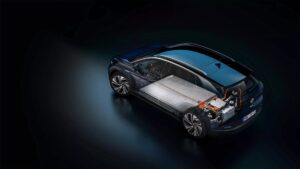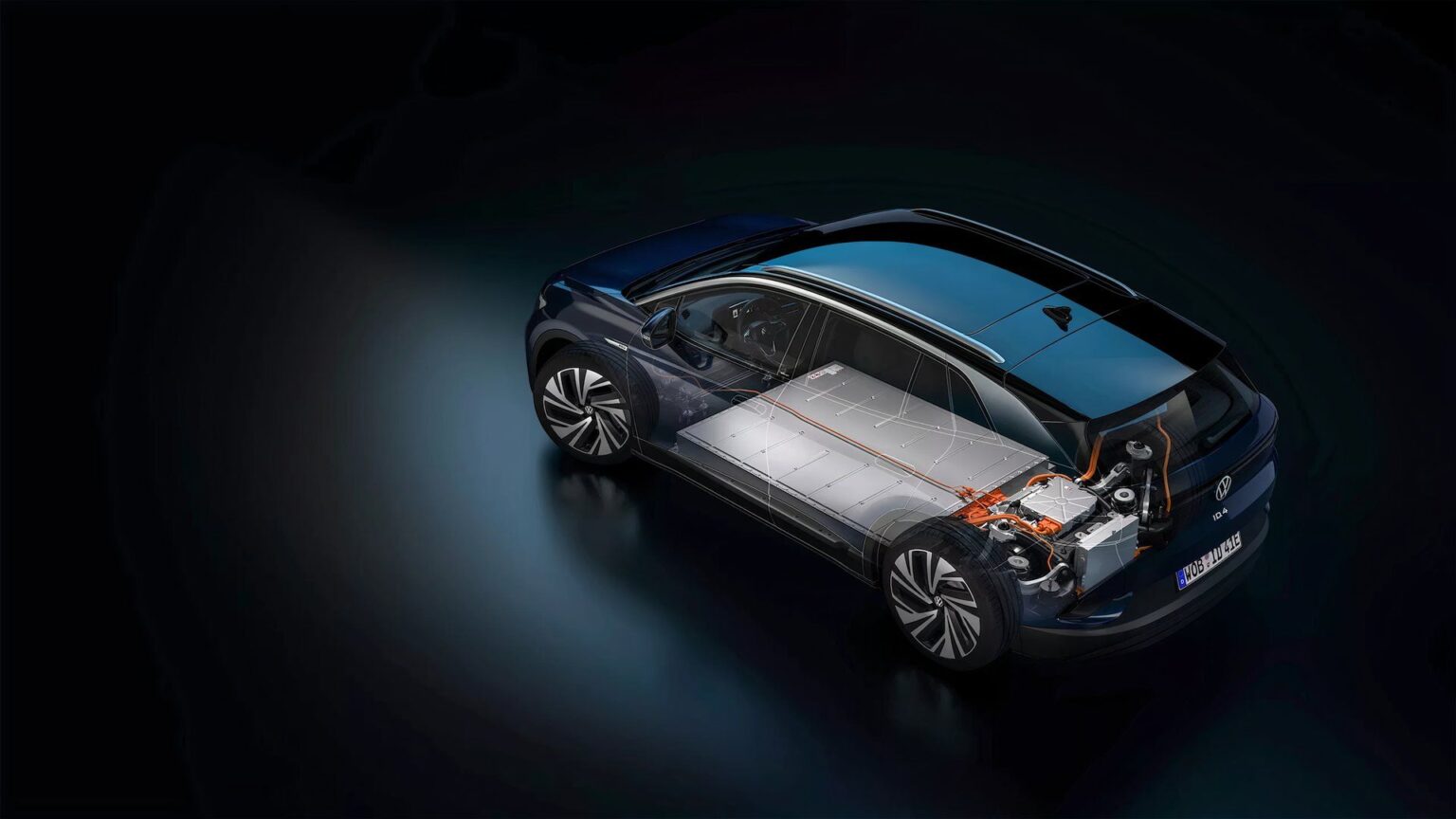Excessive heat can be damaging to delicate electronics, including the batteries and related components that power today’s electric vehicles. Modern EVs are chockablock with radiators and related plumbing to manage this thermal energy (and, of course, warm their interiors in cold weather). But researchers at the University of Virginia have discovered a potentially ground-breaking way of managing heat in electronic devices, moving it like a beam of light.
Hexagonal Boron Nitride Crystals Are Key. Wait … What?
Yes, you read that last sentence correctly, engineers have figured out how to move heat like a beam of light. The implications of this finding could revolutionize smartphones, supercomputers, medical devices, and, yes, even – or perhaps, especially – electric vehicles.
As published in the scientific journal Nature Materials and reported by Phys.org, a hexagonal boron nitride (hBN) crystal is key to making this magic happen. This is a special material with unique properties that helps avoid the usual restrictions associated with managing heat in electronic devices.
- Hexagonal boron nitride has unique heat-transfer capabilities
- This material sends thermal energy out in a concentrated beam, not in small waves
- Such a discovery could revolutionize practically every kind of electronic device
- Future EVs could have longer range, better battery life, and faster charging
Electrical components tend to get hot during strenuous use, whether it’s a computer while playing a graphics-intensive game, your smartphone during a video call, or an EV while DC fast charging. As heat builds, performance often degrades, and, in the long run, this can cause damage or even component failures.
Depending on the application, heat is normally dealt with using fans, heat sinks, and liquid-cooling systems, but this is a relatively slow process. Instead of relying on so-called phonons, that is, heat vibrations, which move quite slowly, researchers have figured out how to use hyperbolic phonon-polaritons, or HPhPs for short. Just rolls of the tongue, doesn’t it?
As the Phys.org article explains, in traditional systems “heat in electronics spreads like ripples in a pond” – this energy diminishing as it moves outward. But by cramming the heat into tightly packed waves, this new system can direct that energy with incredible efficiency across very long distances.
To accomplish this, scientists heated a small gold pad, which was resting on a piece of hBN, which changed the energy into “fast-moving polaritonic waves that instantly carried the heat away across and away from the interface between the gold and hBN.”
The Benefits Are Numerous And Impactful
“Our measurements ascertain that hot electrons impinging at the interface radiate directly into the HPhPs of hBN in the near field, bypassing the phonon–phonon transport pathway. Such polaritonic coupling enables thermal transport speeds in solids orders of magnitude faster than possible through diffusive phonon processes,” the Nature Materials journal noted rather eruditely. “We thereby showcase a pronounced thermal transport enhancement across the gold–hBN interface via phonon–polariton coupling, advancing the limits of interfacial heat transfer.”
In much simpler terms, “We’re seeing heat move in ways that weren’t thought possible in solid materials. It’s a completely new way to control temperature at the nanoscale,” explained Will Hutchins, an engineering Ph.D. candidate at UVA and the first author of the study. “This method is incredibly fast,” the researcher also noted, something that could revolutionize future electronic devices, potentially making EV batteries last much longer, charge faster and likely provide better vehicle performance.
This technology promises some incredible benefits, but it’s unclear when this might become available in the market. If researchers can commercialize this discovery, it could revolutionize nearly every kind of electronic device.
Read the full article here



